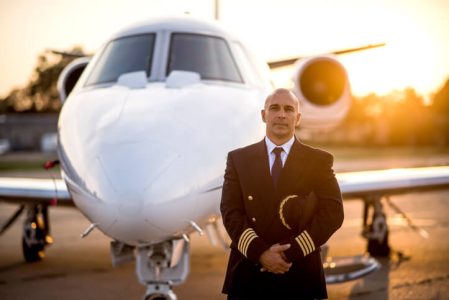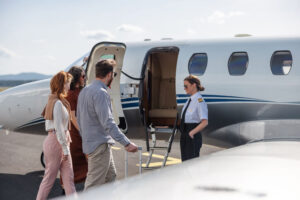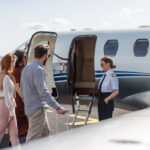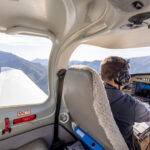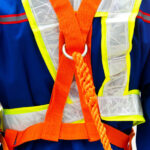Part 91 and Part 135 Background
Professional pilots who fly for a living have different rules and regulations than pilots who fly for fun and recreation. The differences between Part 91 and 135 operations are substantial and need to be fully understood by each pilot at the controls. From certification to medicals to training and currency, pilots are responsible for knowing and obeying the regulations that pertain to their type of operation.
FAR Part 91 Overview
FAR Part 91 governs general operating and flight rules applicable to all civil aviation operations in the United States. These regulations are less stringent compared to Part 135 as they primarily focus on private, non-commercial operations. Pilot qualifications and training under Part 91 are tailored to private operations, emphasizing basic safety standards.
Pilot Qualifications and Training Requirements under Part 91
Licensing and Certification
- Pilots must hold the appropriate certificates for the type of aircraft being operated (e.g., private, commercial, or airline transport pilot certificate).
- A current medical certificate is required based on the type of pilot certificate and operation.
Currency Requirements
- Pilots must meet flight review requirements every 24 months (14 CFR 61.56).
- To carry passengers, pilots must complete three takeoffs and landings within the preceding 90 days.
Training
- No formal training program is mandated beyond initial certification and recurrent proficiency checks for instrument-rated pilots.
- Training is often self-directed or conducted through third-party providers.
Crew Resource Management (CRM)
CRM training is not a regulatory requirement under Part 91, but it is encouraged.
FAR Part 135 Overview
FAR Part 135 regulates commuter and on-demand operations, including air taxi services. These regulations impose more rigorous pilot qualifications and training requirements due to the commercial nature of operations and the associated responsibility of carrying passengers or cargo for hire.
Pilot Qualifications and Training Requirements under Part 135
Licensing and Certification
- Pilots must hold a commercial pilot certificate or an airline transport pilot certificate (ATP) depending on the type of operation.
- A second-class medical certificate is the minimum requirement for commercial pilots under Part 135.
Minimum Flight Experience
Strict flight hour requirements must be met, often exceeding those for Part 91 operations. Depending on the type of flying, minimum flight time may be as high as 1500 hours.
Initial and Recurrent Training Programs
- Comprehensive initial training is required, covering company operations, specific aircraft systems, and emergency procedures.
- Pilots must undergo regular recurrent training and proficiency checks every 6 months (14 CFR 135.293 and 135.297).
CRM and Hazardous Materials Training
- CRM training is mandatory under Part 135 to enhance safety through effective teamwork and communication.
- Hazardous materials training is required for pilots and personnel handling cargo.
Drug and Alcohol Testing
Pilots are subject to random drug and alcohol testing under Part 135, a requirement not applicable under Part 91.
Key Differences Between Part 91 and Part 135
Operational Scope
Part 91 is geared towards private operations, while Part 135 focuses on commercial activities.
Training Rigor
Part 135 mandates structured initial and recurrent training programs, whereas Part 91 training requirements are more relaxed and self-directed.
Regulatory Oversight
Part 135 operations are subject to stricter FAA oversight, including operational control, pilot duty/rest regulations, and maintenance standards.
Crew Requirements
Multi-crew operations under Part 135 require pilots to have training in CRM, which is not compulsory under Part 91.
Understanding the differences between FAR Part 91 and 135 is vital for ensuring compliance with regulatory standards. While Part 91 emphasizes flexibility and individual responsibility, Part 135 underscores structured training and oversight to maintain safety in commercial operations. These distinctions reflect the varying levels of complexity and accountability inherent in private versus commercial aviation.
RELATED CTS TRAINING

